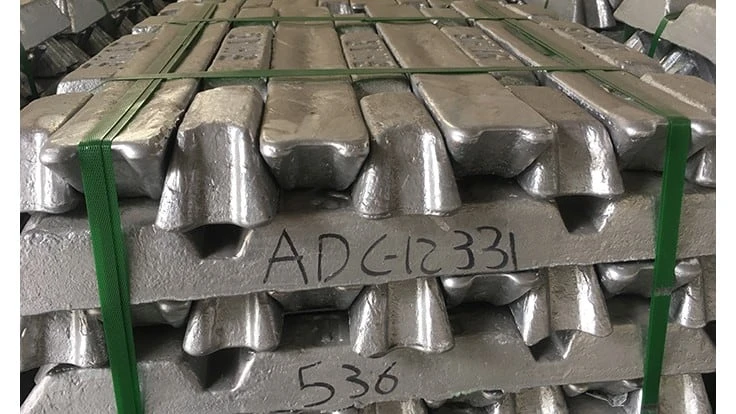
Metals producers and recyclers in India have encountered several regulatory, taxation and pricing barriers in the past few years, but according to presenters at the 2020 Materials Recycling Association of India (MRAI) meeting near Delhi in February, they remain committed to a future based on higher volumes of recycling.
Mohan Agarwal, managing director of Faridabad, India-based Century Metal Recycling Ltd., said his company’s expansion plans “have not really been affected” by a recent government ministry’s consideration to double the duty on imported aluminum scrap. Century is one of the largest consumers of aluminum scrap in India. “Scrap is the future, and recycling,” he told MRAI delegates.
Mohan Agarwal expressed hope that secondary producers such as Century and India’s primary aluminum producers could “co-exist,” despite the recent lobbying by primary producers to increase the scrap import duty.
He said the quality of inbound scrap, while it “can always be made better,” was already pre-processed and not an environmental threat. “This is not waste which is coming, it is really recyclable scrap that is coming into the country,” said Mohan Agarwal.
Anil Agarwal of primary producer Jindal Aluminium Ltd., one of Mohan Agarwal’s fellow panelists at an MRAI session, said the primary industry also pays duties on its imported inputs, and this is what “allowed the secondary producers to grow in the country” in the past two decades.
Anil Agarwal said primary producers don’t object to the import of scrap, but contended that an increased import duty on it would help create a more level playing field between primary and secondary producers in India.
A panelist from the Jawaharlal Nehru Aluminium Research Development & Design Centre (JNARDDC) in Nagpur, India, said JNARDDC studies point to the growth of India’s vehicle sector as requiring increasing amounts of secondary aluminum alloys. This, in turn, means India will need more imported aluminum scrap even if it is able to generate more scrap within its own borders
The JNARDDC researcher said from 60 to 70 percent of the secondary aluminum produced in India is consumed by the vehicle sector. He said the two sectors working together “presents a good example” of a circular economy loop being put in place.
Panelist Doug Kramer of United States-based Spectrum Alloys LLC said China’s massive rise in aluminum production had made profitability “increasingly difficult” for aluminum producers in the U.S. and elsewhere. In the U.S., where aluminum scrap is generated in abundance, he added, many producers in the past 20 years have turned to using more scrap.
Kramer added that even with its reclassification of some scrap metal as a resource, China’s consumers and its government will continue to demand high-purity scrap, which will favor recyclers who pay attention to quality.
Century Recycling’s Mohan Agarwal said China’s reclassification occurred “because they realize scrap is so important, and they should not have any restrictions on the free flow of it.” He said the change will help Chinese secondary producers—and possibly raise aluminum scrap prices.
Mohan Agarwal added, however, that there may have been “a lot of loss of trust” between Chinese buyers and recyclers around the world because of the suddenly shifting regulations and procedures in the last few years. “I expect some customers who did shift away from China will remain” active in India’s market, he remarked.
The MRAI’s 7th Annual International Indian Material Recycling Conference was Feb. 7-9 at the Hotel Hyatt Regency Gurgaon near Delhi.
Latest from Recycling Today
- SABIC’s Trucircle PE used for greenhouse roofing
- Hydro to add wire rod casthouse in Norway
- Hindalco to invest in copper, aluminum business in India
- Recycled steel price crosses $500 per ton threshold
- Smithers report looks at PCR plastic’s near-term prospects
- Plastics association quantifies US-EU trade dispute impacts
- Nucor expects slimmer profits in early 2025
- CP Group announces new senior vice president





